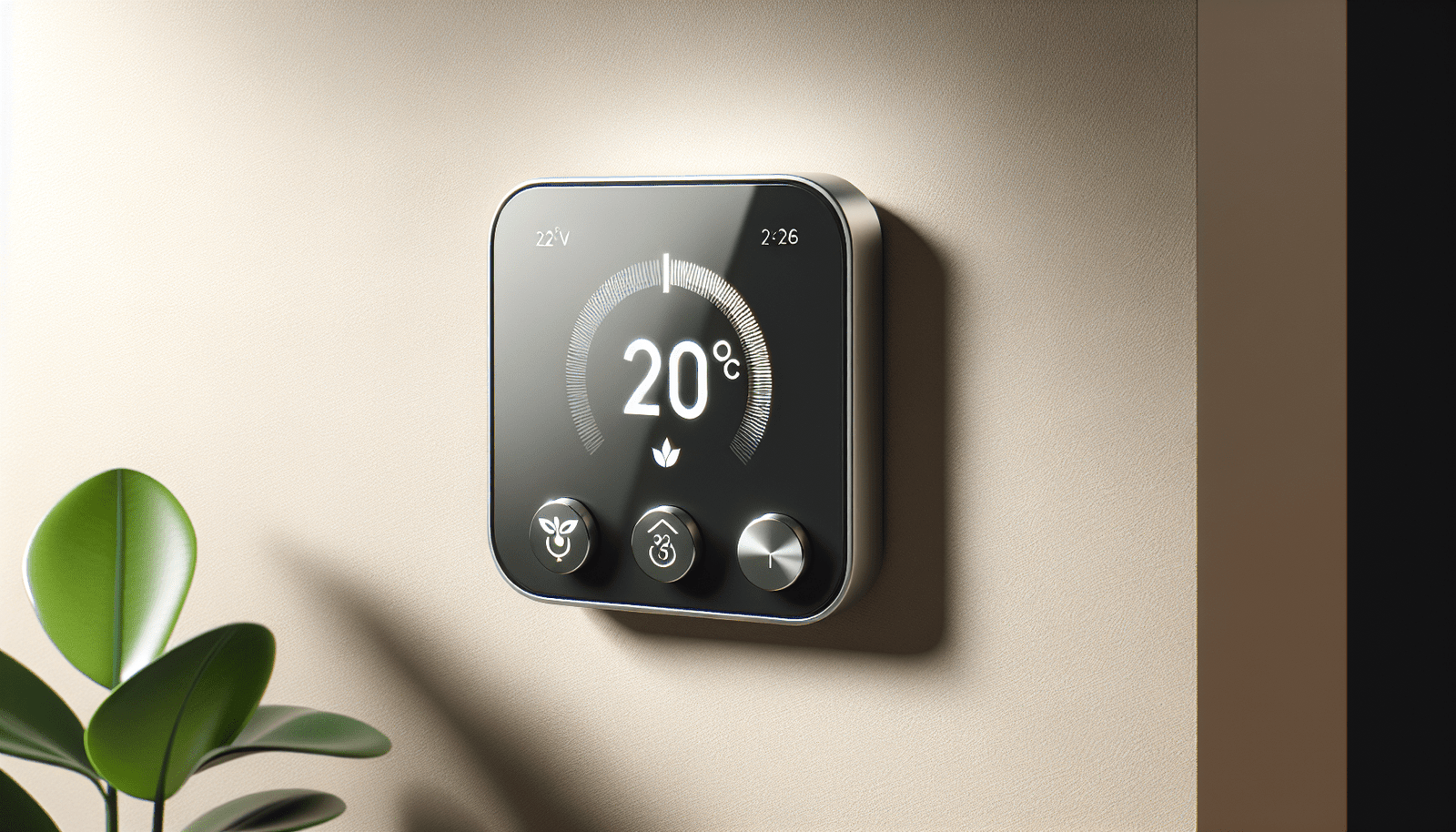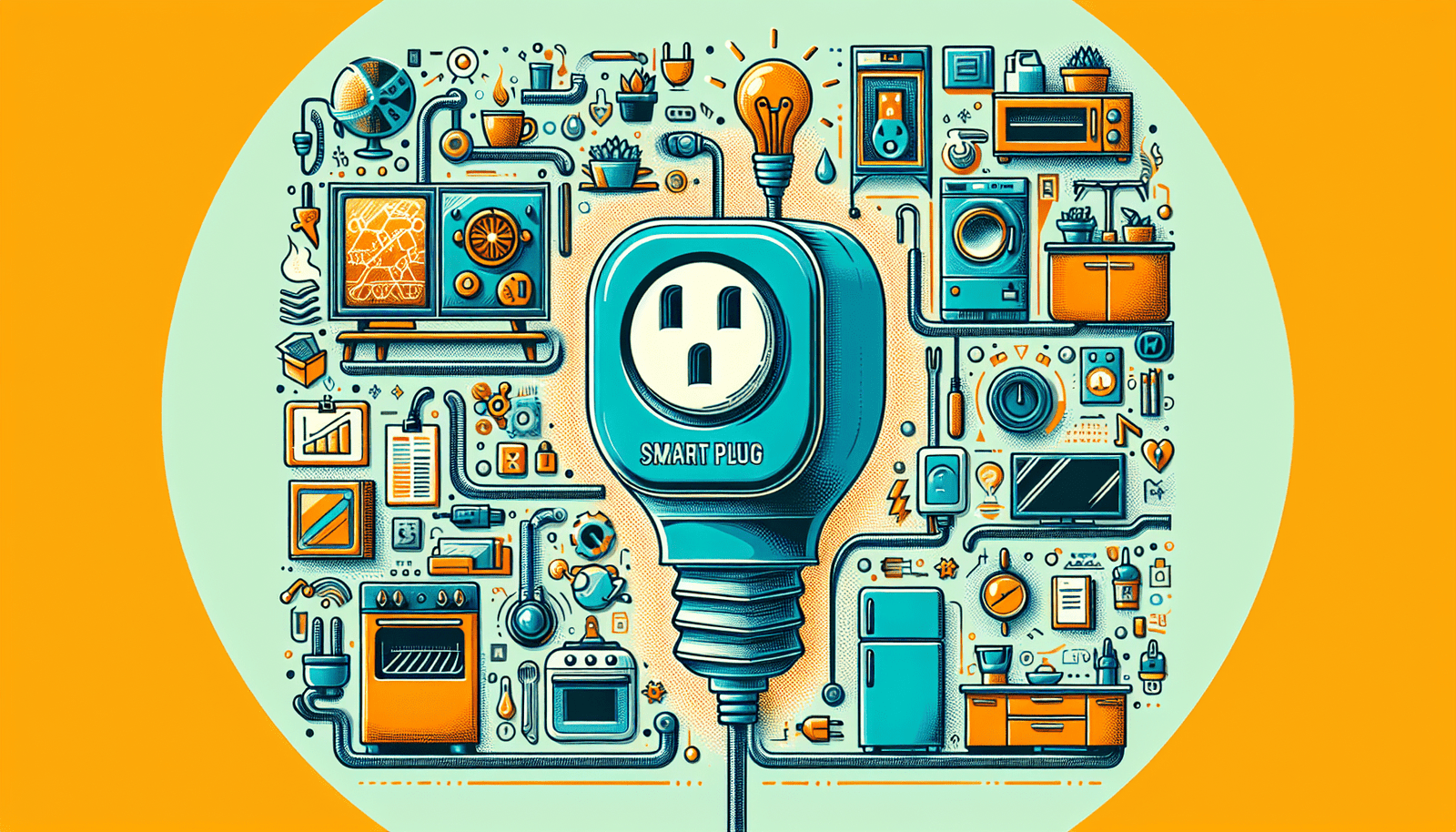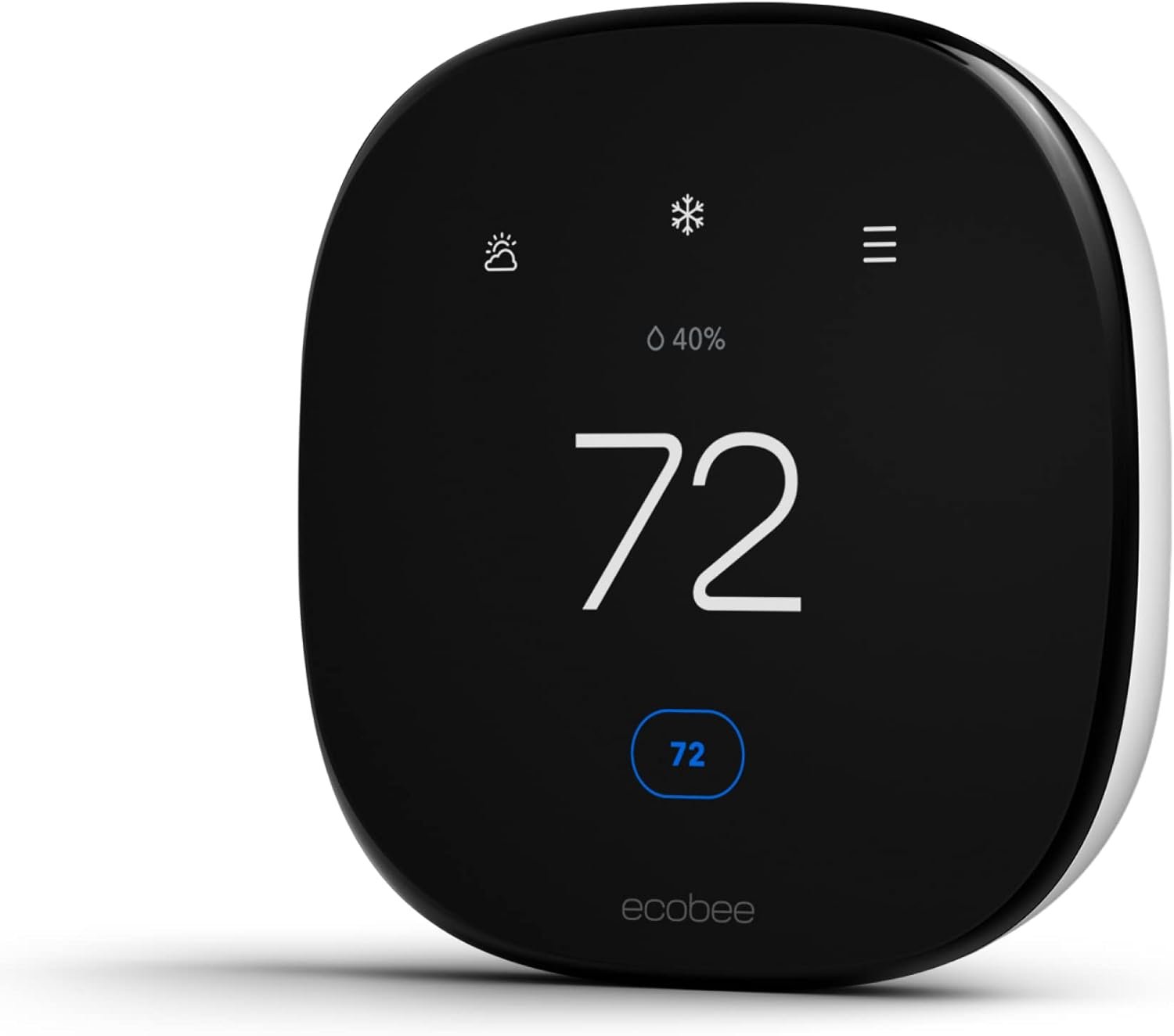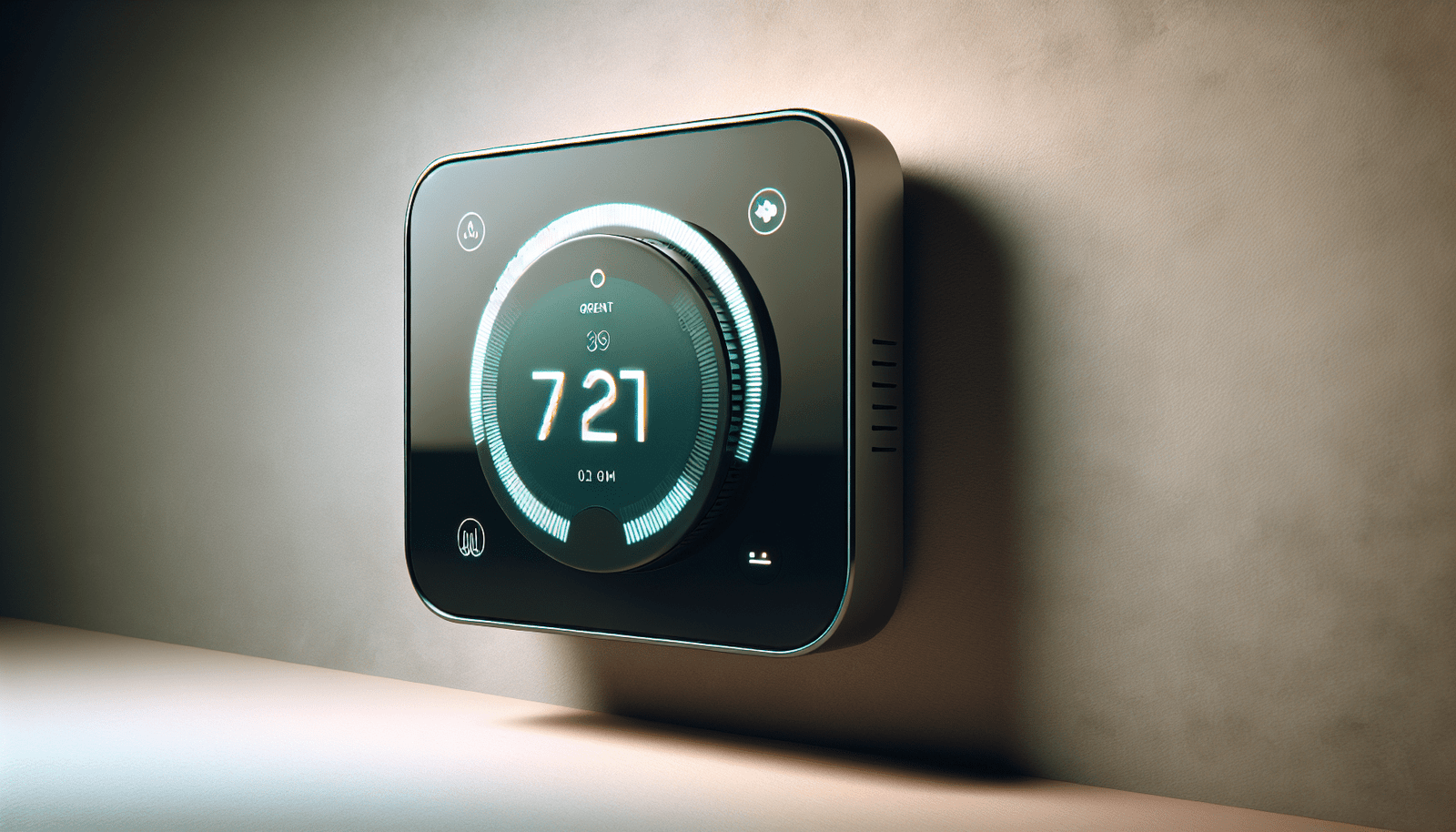Have you ever thought about how much energy your thermostat might be wasting and how a smarter option could lead to more savings? Investing in a smart thermostat is an excellent way to enhance both energy efficiency and comfort in your home. With their advanced features and capacity to learn your schedule and preferences, smart thermostats offer a level of convenience and efficiency that traditional thermostats can’t match. Here, we introduce the top ten smart thermostats to consider for achieving optimal energy savings in your home.
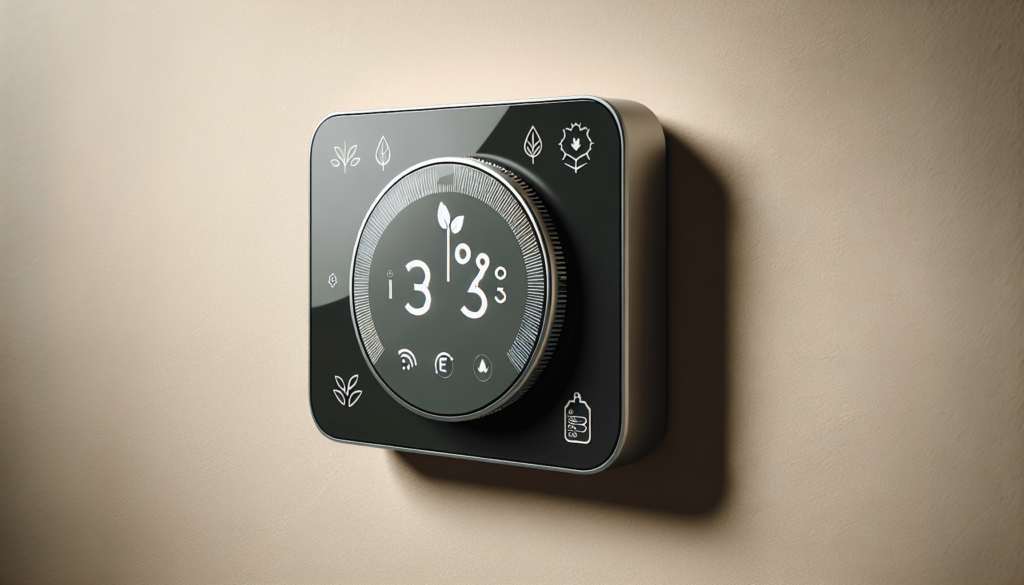
Understanding Smart Thermostats
Smart thermostats have revolutionized the way we control energy consumption in our homes. Unlike a conventional thermostat, a smart thermostat connects to your home Wi-Fi, allowing you to control the temperature via smartphone, tablet, or PC. Some models can even use artificial intelligence to learn your routines, making them a versatile choice for those looking to balance comfort with energy efficiency.
How Do Smart Thermostats Work?
At their core, smart thermostats enable remote temperature control by connecting to the internet. This connectivity allows for enormous flexibility and innovation in terms of functionality. Simple tasks, like adjusting temperatures while you’re out or setting schedules, have become seamless. With AI capabilities, these devices adapt to your habits over time, automatically adjusting settings for optimal efficiency.
The Benefits of Smart Thermostats
Implementing a smart thermostat can offer multiple advantages, not just limited to energy savings. A reduction in energy bills is perhaps the most tangible benefit, but improvements in home comfort and the ability to remotely manage your home’s climate are also significant. In addition, some models help you reduce your carbon footprint, with integrated energy usage reports for monitoring and optimizing your consumption patterns.
Evaluating the Top Ten Smart Thermostats for Energy Efficiency
When selecting a smart thermostat for your home, considering energy efficiency, pricing, and features is essential. Let’s evaluate some of the top options you might consider based on these criteria.
1. Nest Learning Thermostat
The Nest Learning Thermostat is one of the leading products in the market, lauded for its learning capabilities and intuitive design. This thermostat memorizes your schedule and adjusts itself accordingly. It optimizes your home’s climate by altering the temperature settings based on your behavior and external weather conditions.
- Energy Efficiency: The Nest Learning Thermostat can save users an average of 10-12% on heating and 15% on cooling bills.
- Key Features: Learning capability, geofencing, remote control, energy reports.
- Considerations: Premium pricing might not suit budget-conscious buyers.
2. Ecobee SmartThermostat with Voice Control
Ecobee’s SmartThermostat is notable for its powerful performance and impressive smart home integration. It supports a versatile range of compatibility with voice assistants, enhancing convenience and control.
- Energy Efficiency: Ecobee devices report average savings of 23% annually on heating and cooling.
- Key Features: Voice control integration, remote sensors, superior learning features.
- Considerations: Installation may be more complex for novice users.
3. Honeywell Home T9 Smart Thermostat
The Honeywell Home T9 excels with its focus on room sensors, making it ideal for ensuring balanced temperatures in different areas of your home. It is affordable yet doesn’t compromise on features.
- Energy Efficiency: Offers significant savings similar to its high-end counterparts by leveraging AI-based learning.
- Key Features: Smart room sensors, geofencing, compatibility with major voice assistants.
- Considerations: Requires a C-wire for installation, which not all homes have.
4. Emerson Sensi Touch Wi-Fi Smart Thermostat
For those emphasizing easy installation and user-friendly operation, the Emerson Sensi Touch Smart Thermostat stands out. Its compatibility with most HVAC systems makes it an attractive option for homeowners wanting to dip their toes into smart home technology.
- Energy Efficiency: Offers similar savings to other energy-efficient models with its smart schedule features.
- Key Features: Touchscreen convenience, mobile app, energy star certified.
- Considerations: Lacks advanced AI learning algorithms compared to leading models.
5. Google Nest Thermostat
Google’s Nest Thermostat offers many of the premium features of the Nest Learning Thermostat but at a more affordable price point. While it doesn’t have learning capabilities, it’s a reliable, energy-efficient option for those on a budget.
- Energy Efficiency: Users commonly report similar savings compared to the more expensive Nest models.
- Key Features: Affordable entry into the Nest ecosystem, voice control, energy star certified.
- Considerations: Lack of learning capabilities may mean more manual scheduling.
6. Honeywell RTH9585WF Wi-Fi Smart Thermostat
The Honeywell RTH9585WF provides strong performance for a modest investment. Its color touch screen and compatibility with various smart home platforms make it a standout for those who appreciate visual display alongside functionality.
- Energy Efficiency: Offers customizable reminder alerts and automatic energy-saving settings.
- Key Features: Programmable thermostats, Alexa and SmartThings compatibility.
- Considerations: Interface may be less intuitive for some users.
7. Bosch Connected Control BCC100 Thermostat
The Bosch BCC100 is a budding favorite for tech enthusiasts, featuring a sleek design and a variety of control options including a web portal.
- Energy Efficiency: In-depth analytics promote informed energy-critical decisions.
- Key Features: 5-inch full-color touch screen, intuitive app user interface.
- Considerations: Limited smart assistant capabilities and need for a C-wire.
8. Lennox iComfort S30 Smart Thermostat
The iComfort S30 is specifically designed for seamless integration with Lennox HVAC systems and so is particularly popular among owners of those systems.
- Energy Efficiency: Efficiently manages energy consumption through precise HVAC system controls.
- Key Features: Advanced features like ‘Allergen Defender’ and weather tracking.
- Considerations: Might be overly complex for users who are not deeply involved in home automation.
9. Johnson Controls GLAS Smart Thermostat
Johnson Controls GLAS stands out with its distinctive translucent OLED touchscreen, emphasizing both style and function.
- Energy Efficiency: Evaluates air quality and reports on energy savings for optimization.
- Key Features: Indoor and outdoor air quality reporting, Microsoft Cortana integration.
- Considerations: Higher price point could deter budget-conscious consumers.
10. Mysa Smart Thermostat
For homes with high voltage heating systems, Mysa Smart Thermostat offers specialized functionality that many other thermostats do not provide.
- Energy Efficiency: Facilitates fine-tuned energy savings for electric baseboard heaters.
- Key Features: App-controlled, supports floor heating, and sleek design.
- Considerations: Limited to electric in-floor heating and baseboard heaters.
Factors to Consider Before Making a Purchase
Before purchasing a smart thermostat, consider factors such as compatibility with your existing HVAC system, ease of installation, and which features are most important to you, such as geo-fencing, smart home integration, or energy usage reports.
Installation and Compatibility
Most smart thermostats require a C-wire for power, but some models have workarounds if your home lacks this wiring. Consider your DIY skills or if you’d need professional installation. Compatibility with HVAC systems is crucial, especially if you have specific types of heating, like heat pumps or radiant systems.
Smart Features
Evaluate the advanced features each thermostat offers. Important features to consider include learning capabilities, voice assistant integration, remote sensors for multi-zone climates, and geofencing.
Cost and Rebates
While initial costs can be significant, smart thermostats often result in long-term savings. Check for rebates from energy companies or government programs, which can further reduce costs.
Conclusion
Smart thermostats present a promising blend of convenience, energy efficiency, and cost savings. By upgrading your home’s system, you not only enhance comfort but also make a positive impact on the environment and your monthly energy bill. Whether you prioritize cutting-edge AI features, or simplicity and price, there’s a smart thermostat available that aligns with your priorities and needs, ensuring that your investment becomes a cornerstone of a more efficient and comfortable home environment. Consider the above factors carefully, and choose the model that aligns best with your specific needs and preferences.
Disclosure: As an Amazon Associate, I earn from qualifying purchases.
